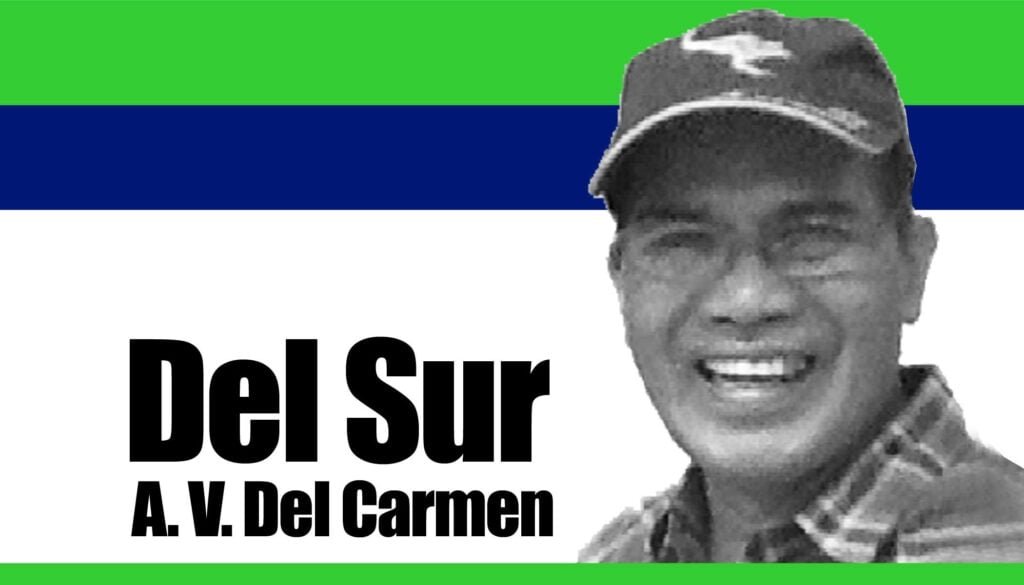
“Come in,” he said, as he led a group of students into the Conference Room for a class interview. The young visitors were my Journalism students and the man who led them to the Conference Room was then governor, Alfredo Marañon Jr.
After about 45 minutes of spirited discussion on his priorities as governor, he said, “Now it’s my turn to ask you.” And he asked questions about their course, their activities and the career path they would pursue.
“Just take your studies seriously, they’re your passport to a good future,” he reminded them before they stepped out of the room. “He sounded like my grandpa,” a coed said as the group went down the Capitol steps.
The governor’s concern for the education of the youth has been manifested in various ways — from the conversion of the then Iloilo School of Fisheries – Sagay Campus — established under his local government leadership (apparently out of his passion for the wise utilization and conservation of marine resources and his concern for the future of the northern Negros young people) to the present Northern Negros State College of Science and Technology, now a higher education leader in the area, to grants, scholarships and participation in overseas programs and trainings.
Add to that the ICT project he supported all-out — the Negros Occidental Language and Information Technology Center, which has given opportunities to many young Negrenses to have free ICT trainings for gainful employment in many parts of the country and provided their families a better quality of life. To date, the NOLITC has trained more than 5,000 Negrense youth, about 80 percent of whom have found jobs.
His commitment to youth education was further manifested in his unprecedented support of Project FREE , or Flagship to Reach Educational Excellence, which paved the way for local teachers to earn masteral and doctoral degrees, ensuring that students of public schools in the province are assured of better quality education.
That interview by the students was one of the three occasions I personally witnessed on Gov. Marañon’s interest in young people, their education and development.
In another occasion, he warmly accommodated the interview request of student editors who joined me in my annual coverage of the mid-March Sinigayan Festival in Sagay City, his hometown, where he started his political career of 55 years as a young councilor.
At the Livestock Fair, the young editors asked him for updates on his Negros FIRST programs, the centerpiece thrust of his nine-year leadership in the province.
The midday interview took place in a booth amid the cackles of chicken and moos of cows in makeshift barns. Once more, after a good 20 minutes of exchanges, he asked them about their studies. “Try the fresh milk here and the native delicacies,” he said, offering the snacks to the editors before he proceeded to another function.
The third instance was when I accompanied my guest for a courtesy call. My visitor was Jilt van Schayik, a Dutch student, who represented the Netherlands in the youth gathering at the United Nations General Assembly.
The scheduled 15-minute courtesy visit lasted for more than half an hour as they exchanged views, just like counterparts in the crusade to make the world a peaceful and productive place for young people.
The impressed youth ambassador commented: His energy and enthusiasm for the development of young people defies his age.
These episodes I had witnessed are just a drop in the deep bucket of Gov. Freddie’s countless engagements with the youth through his almost six decades of public service which are testimonials to his conviction that youth must be served for they are the future of our community, our country and the world.
The governor always shared his valuable time with the Negrense youth, whose future was part of his priority agenda.
As Negrenses bade Gov. Alfredo Marañon Jr. farewell early this month what he told young people who had the opportunity to listen to him must be reverberating in their mind: “Value and appreciate your education. It is the greatest equalizer.”*




